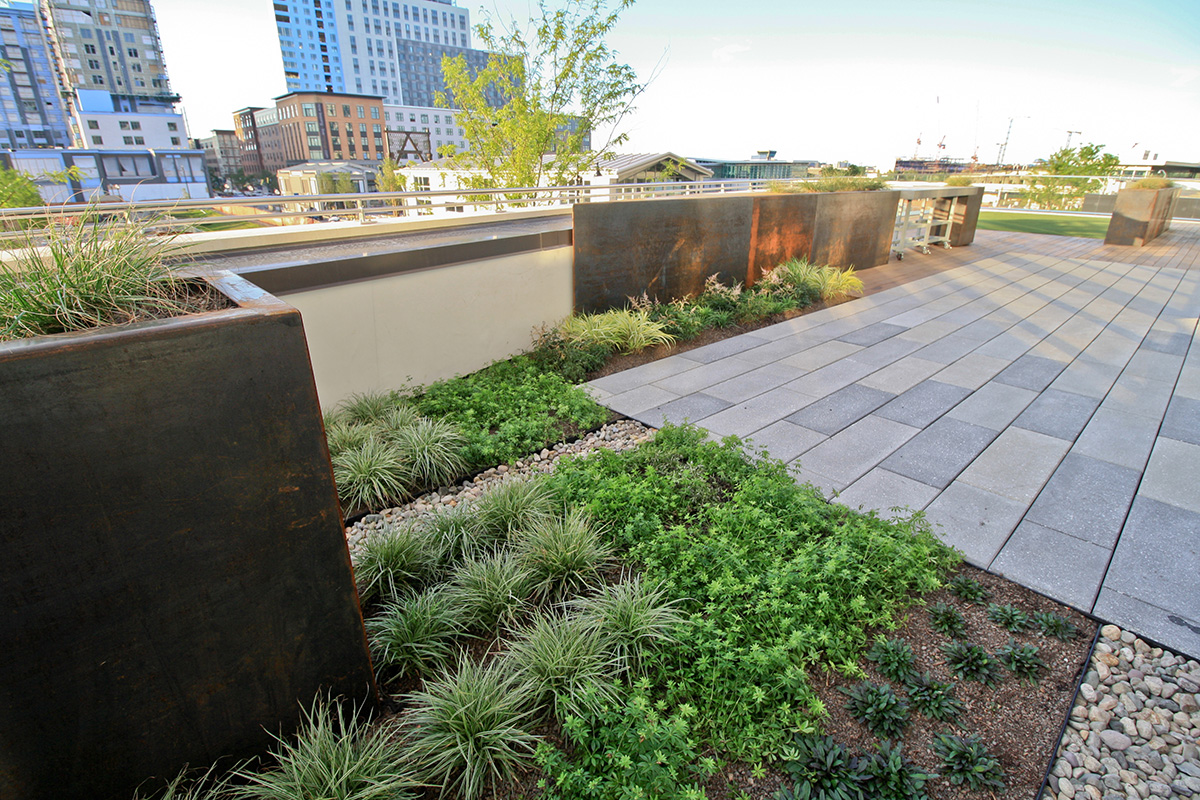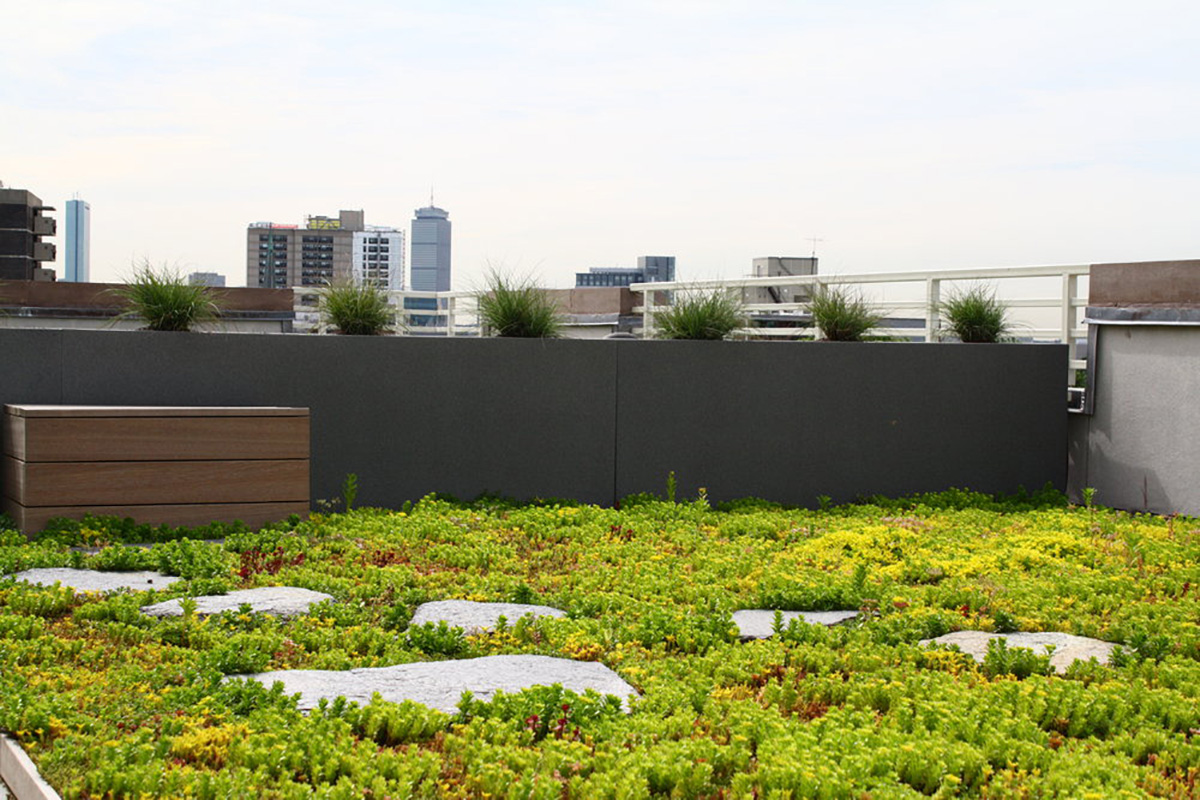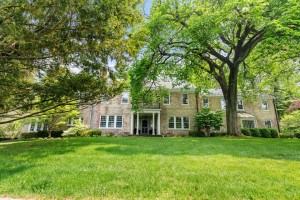Recover Green Roofs Will Turn Your Regular Old Roof into a Lush Garden

A green roof atop a home in Winchester. / Photo courtesy of Recover Green Roofs
Planting a small garden is one way to spruce up a roof deck, but on plenty of rooftops around the city, the roof is the garden.
Somerville-based Recover Green Roofs crafts rooftops covered in greenery by swapping shingles for sedum. Since 2009, the team of horticulturalists, landscape designers, and craftspeople has installed more than 75 green roofs in Boston and beyond. They range from residential roofs, like this one on a ranch in Winchester, to rooftops you can walk around on, like the publicly accessible decks atop Assembly Row.
“[They’re] really customizable,” says Serena Galleshaw of Recover Green Roofs. “The sky is really the limit.”
Many roofs grow sedum because it’s hardy, and as an added bonus, turns red when the plant goes dormant in colder months. But the species options are endless: roofs can incorporate low-maintenance grasses and shrubs, native species of wildflowers, trees, and even fruits and vegetables—like on the rooftop farm at Boston Medical Center.
“At this point we’ve done everything from farm crops like tomatoes, cucumbers, all kinds of greens, kale, radishes, carrots—every farm crop under the sun that grows in New England other than corn,” explains Brendan Shea, the company’s co-owner and director of field operations.

A green roof on top of Fit Row at Somerville’s Assembly Row. / Photo courtesy of Recover Green Roofs
Installing a green roof works like this: a staffer starts by assessing a building’s weight load capacity, which dictates how deep the roof’s layer of soil can be. Then, plants and crops are selected according to that soil depth. While sedum, for example, can thrive in a shallow mix of rock, sand, and organic material, flowering plants like perennials and ornamental grasses require six or more inches of soil to grow. Deep-soil roofs, or intensive roofs, have permanent, smart irrigation systems built into their designs, and use real-time weather data to water the plants as needed.
Why cover your roof with plants in the first place? For one, they create oases in cities, where green spaces are often lacking. Not only do they look pretty, but they’ve been shown to increase property values in neighborhoods.
The added bulk of soil is also effective at soundproofing, and creates insulation that helps a building cool down. Plus, replacing a hot, black rooftop with plants prevents it from absorbing and retaining heat from the sun, effectively lowering the temperature in the general area.
“There’s the shared benefits for the community, of storm water management; so absorbing and delaying rain from entering our combined sewage system,” explains Shea.
He says green roofs create spaces for “species that have long ago been gobbled up,” meaning pollinators like bees, ladybugs, birds, and butterflies.
The best perk? Green roofs require zero maintenance from a building’s owner. Recover Green Roofs maintains all installations by watering plants, replacing vegetation, checking systems, weeding, testing soil nutrients, ensuring drains are clear, and winterizing.
“It’s great that Boston wants green roofs. Many other cities have some sort of incentive program or even mandates them,” says Galleshaw. “It’s great the community embraces them.”

A rooftop patio in Cambridge. / Photo courtesy of Recover Green Roofs


